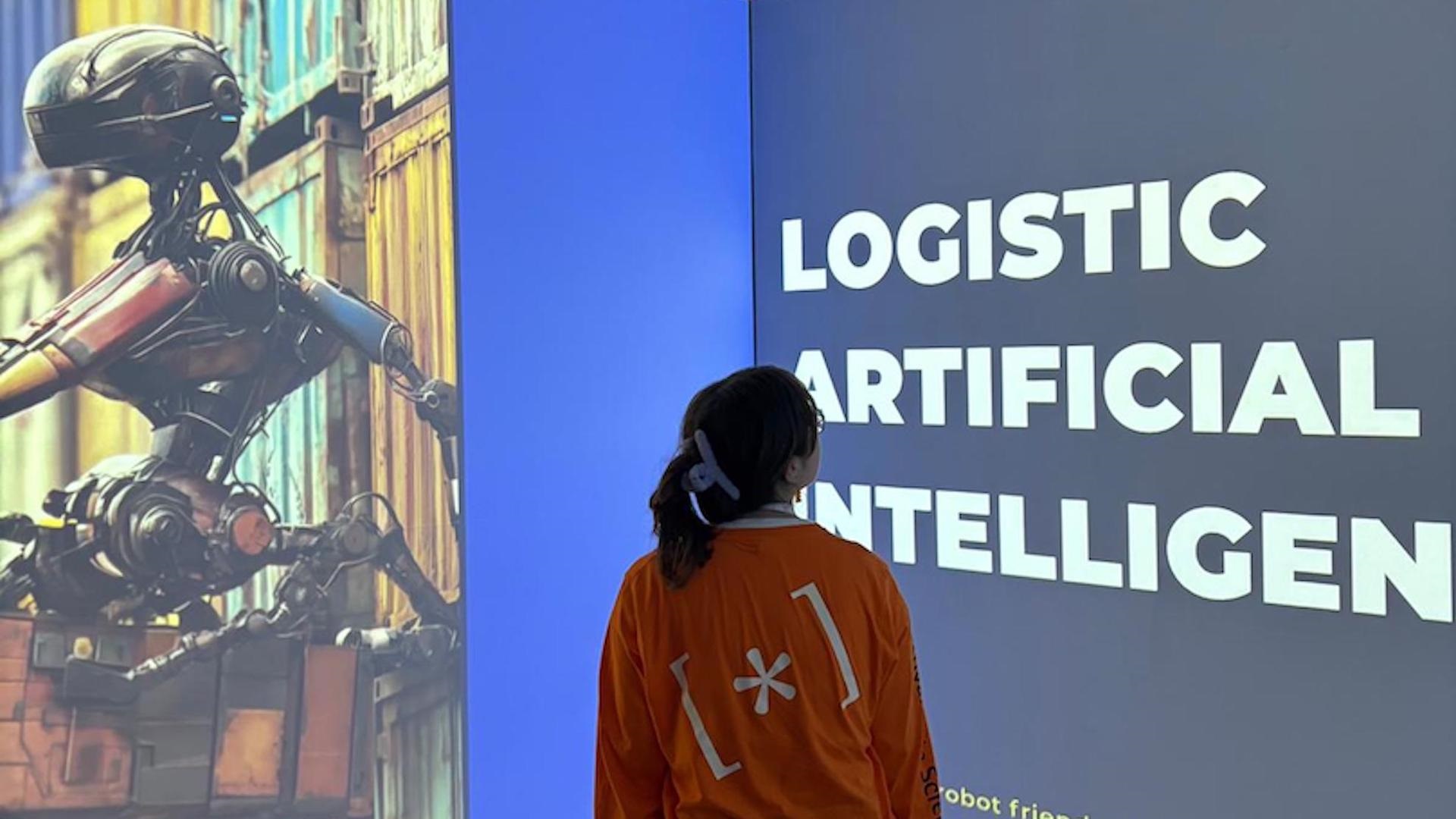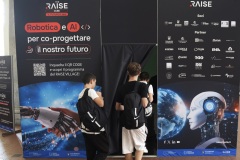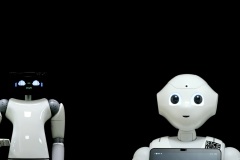RAISE Cube: the choral installation of the RAISE results for the RAISE Village 2024


RAISE Cube, the immersive cube, was the introduction to the RAISE Village of the Science Festival 2024, in the portico of Palazzo Ducale in Genoa.
It is an installation that, through full-wall and seamless multi-projections, puts the visitor in emotional connection with the contents, through spectacular and rhythmic videos.
The combination of videos, photos and impactful graphics summarizes some of the results of RAISE, through the story of two humanoid robots, Pepper and R1, in just over 3 minutes.
The visitor can see twelve 3D models, in different stages of development, from the point cloud to the finished model, used in the various thematic areas of the ecosystem.
Pepper and R1 are used as actors: they therefore recited a script, written by Patrizia Schettino (CNR-IAS, Spoke 5) and Adriana Ferrari (ETT, Spoke 5) to offer visitors an exciting and stimulating story and to arouse curiosity about the contents of the RAISE innovation ecosystem.
Lucrezia Grassi (UniGe, spoke 2 and 4) and Ettore Landini (IIT, Spoke 2) took up the challenge of starting from the script to adapt it to the “acting” of the two robots. As both highlighted, it was also an opportunity to develop a new app and to enhance the potential of humanoid robots in a different way.
The background created for the filming of R1 also has a very interesting history of recycling materials: it comes from the warehouse of the Communication Unit of the CNR in Genoa, where it was for 15 years and was actually a PVC carpet, on which Japanese dancers danced. Thanks to the creativity and industriousness of the CNR colleagues, a piece of that carpet became a perfect cinematic background, for filming in the laboratory.
Andrea Sessarego (Associazione Festival della Scienza, Spoke 5) highlighted how the RAISE Cube was “the gateway” to the RAISE Village, also being strategically positioned right next to the Info Point.
The RAISE Cube is a choral work, created by ETT, in collaboration with the RAISE Communication Team and the RAISE researchers who provided robots and 3D models.
We thank all those who contributed.







